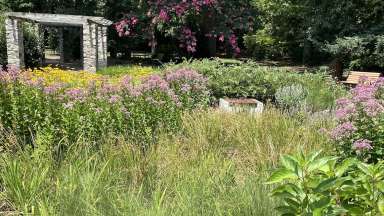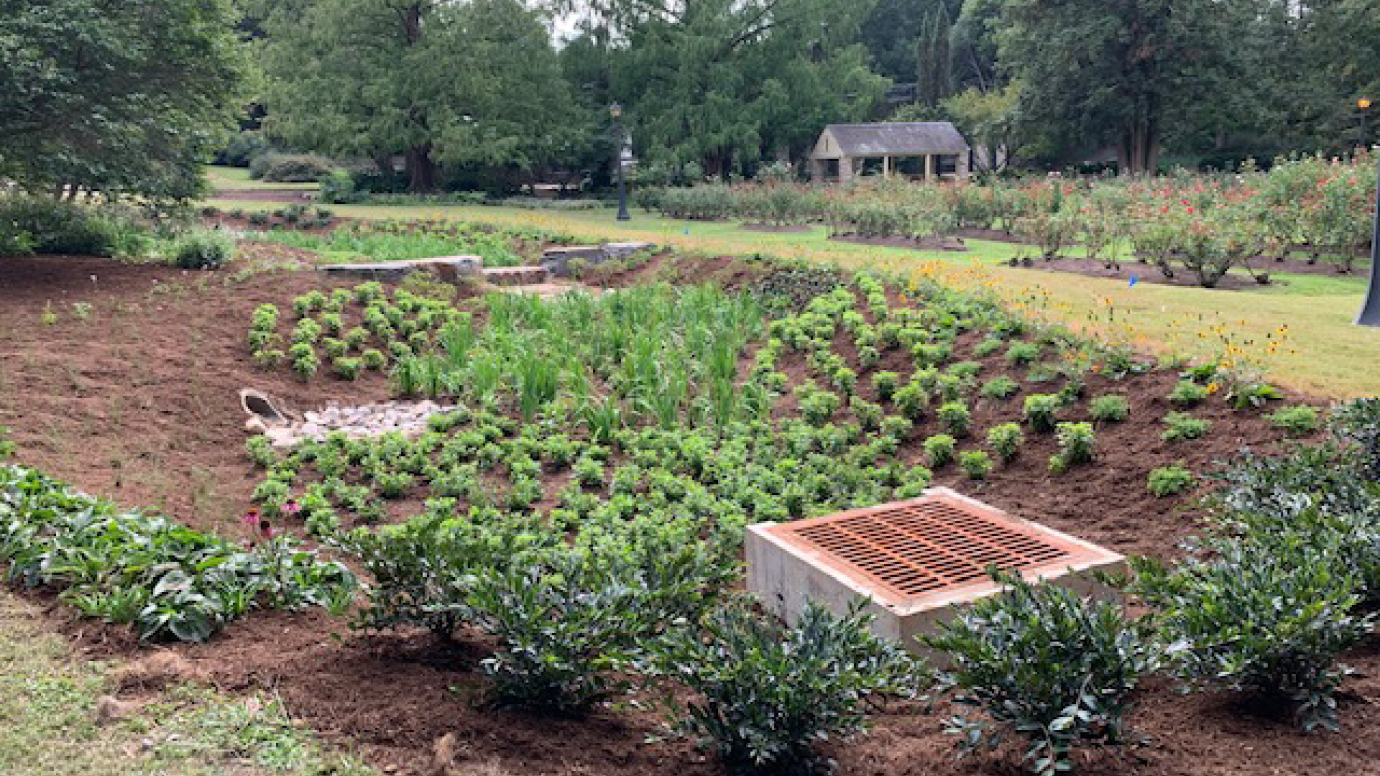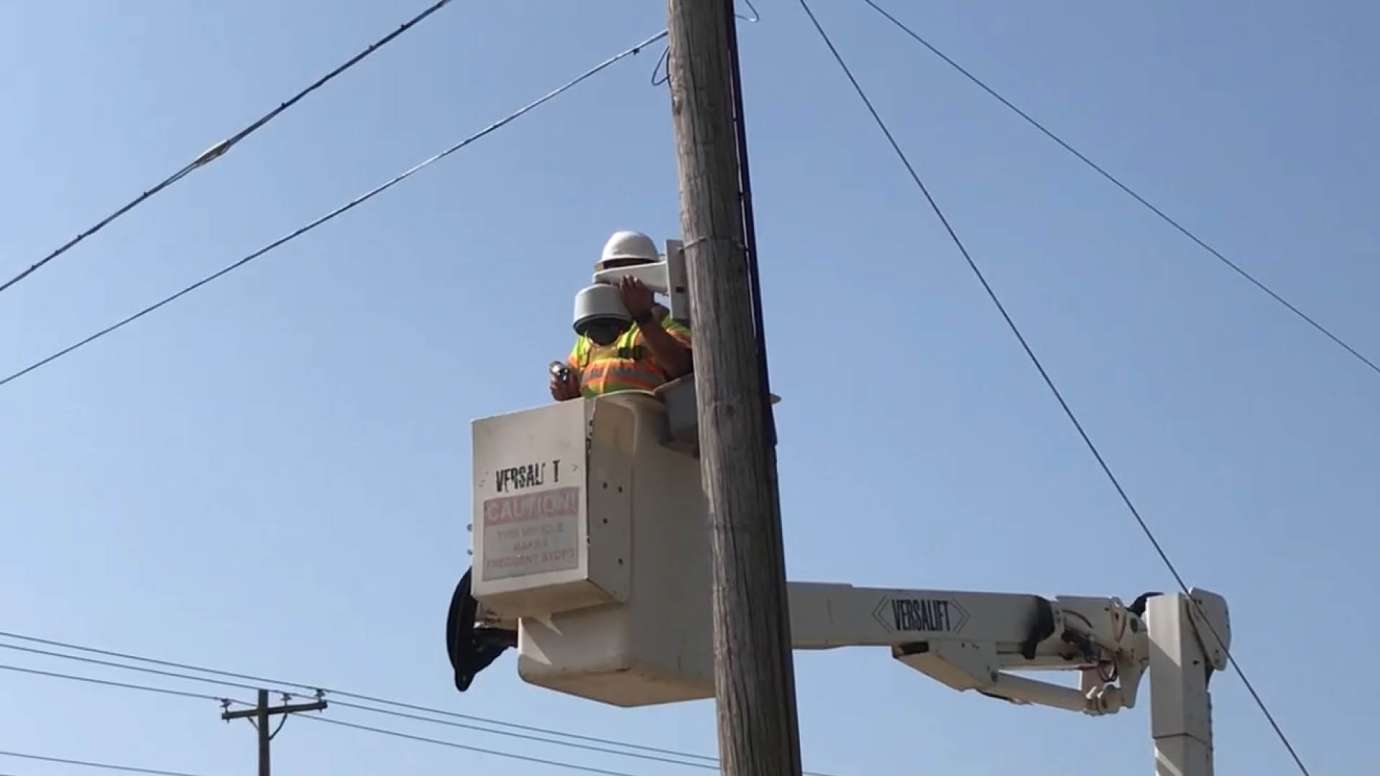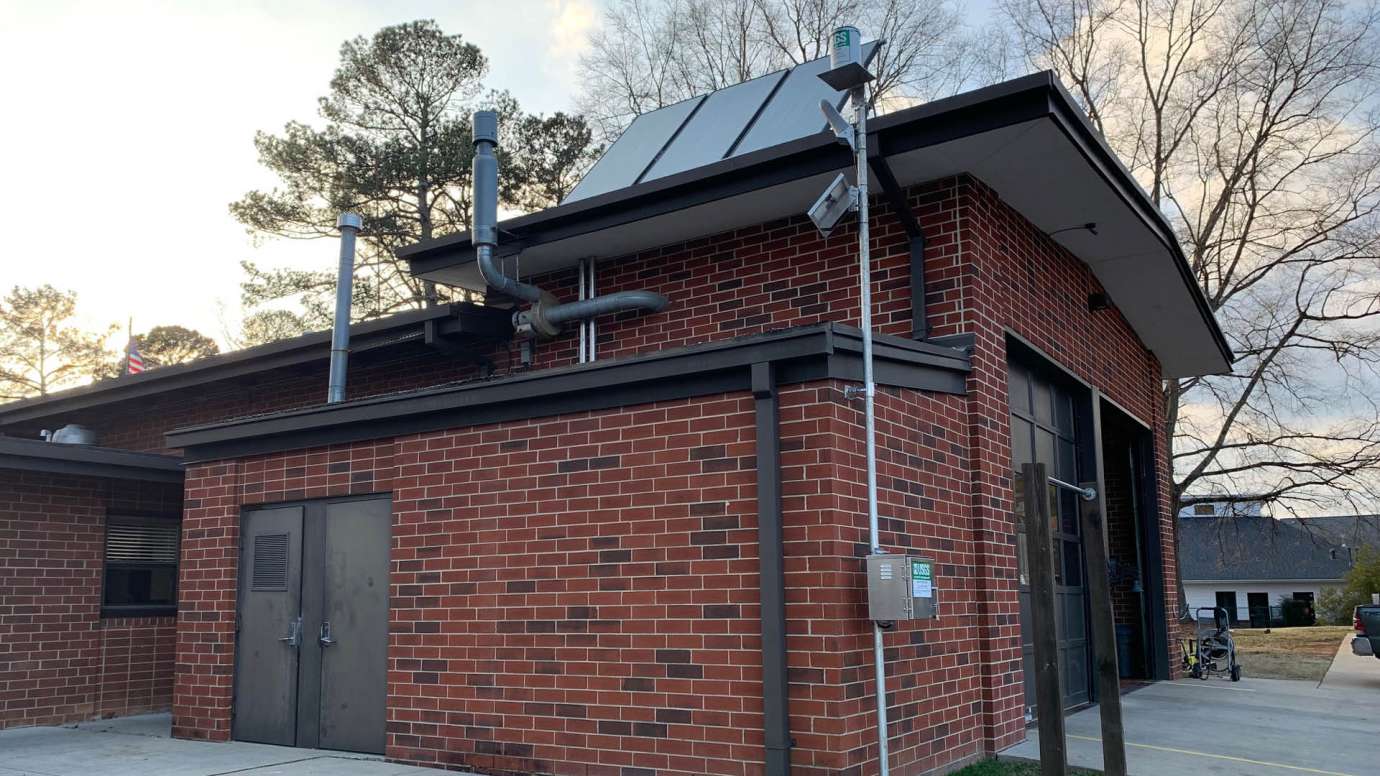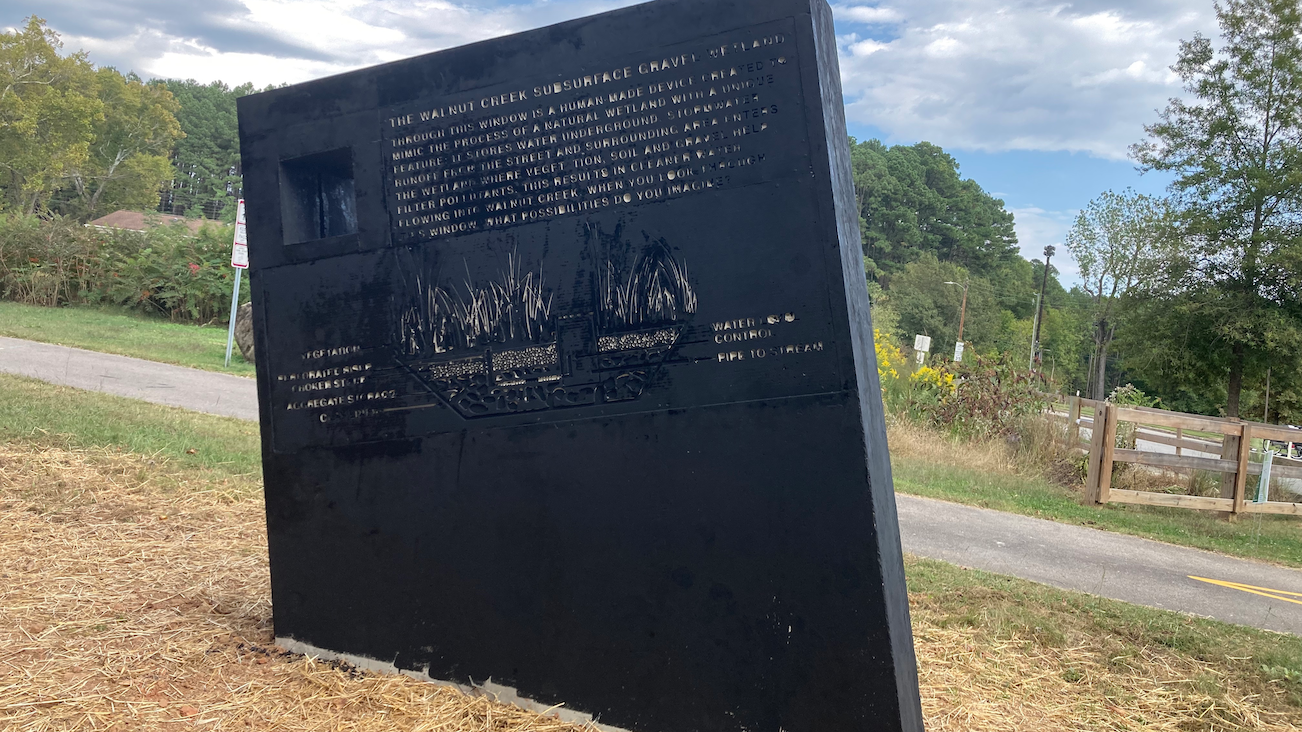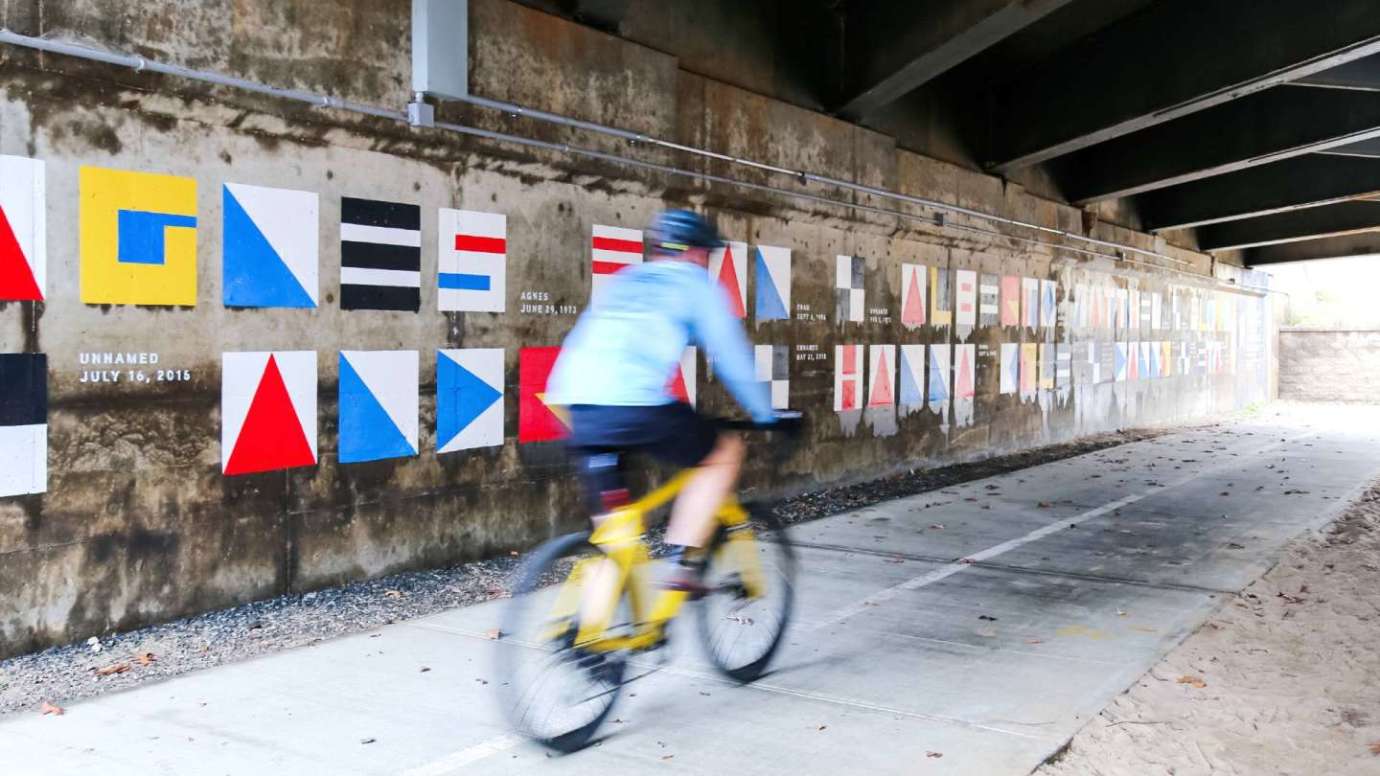Jump To:
Raleigh Stormwater is "Stormwater Smart." Our goal is to be the "smartest" stormwater program possible. We're focused on providing the most innovative, cost-effective, and equitable services to you and the entire community. You pay for these services through the stormwater utility fee.
How We Work Smarter
Here's what we plan to do better! Services will do more to reduce impacts from flooding, erosion, and water pollution in Raleigh.
- Get an array of community input on projects and policies. We want to understand your needs and identify good, equitable solutions to stormwater issues.
- Plan projects looking at the entire watershed instead of focusing on one project or area at a time. This will help us upgrade the stormwater system in your neighborhood in a holistic way.
- Improve how we track flooding and handle impacts from hazardous flooding.
- Use green stormwater infrastructure on projects to help keep pollution out of waterways.
- Require better design and stormwater controls on buildings. This will help keep sediment - a major cause of pollution - on sites and out of streams. It also will manage how stormwater flows from a property, which helps reduce flooding.
- Make sure we are reaching and engaging with you. This includes using trusted, established channels and working with community leaders/groups.
| Goals | Focus |
|---|---|
| Level of Service |
|
| Improving our Stormwater Program |
|
| Good Use of Resources |
|
| Collaborate with Others |
|
| Meet or Exceed Regulatory Requirements |
|
| Build Community Trust |
|
Work We're Doing
- Adding green stormwater infrastructure across the city.
- Doing a pilot program to lower water levels at Lake Johnson to prepare for storms.
- Adding rain gauges at fire stations to get better data on how much rain falls across the city.
- Studying flooding and erosion conditions to see what projects are needed in impacted communities.
A planted bioretention area at Raleigh Rose Garden that helps protect Beaverdam Creek from water pollution.
A camera used to track road flooding in Raleigh. The camera helps us see when an area is flooding so we can put proper safety measures in place.
Stormwater Educational Displays
Scroll through the images to learn more about the stormwater educational displays installed in Raleigh!
Healing Continuum
The Healing Continuum sculpture serves as educational art that informs and engages the community about the Walnut Creek Gravel Wetland. The gravel wetland slows down and captures runoff coming from Peterson Street and other nearby streets, sidewalks, and buildings, and removes pollutants before it enters Watson Branch, which then drains into Walnut Creek. In addition to its water quality benefits, the gravel wetland is planted with native plants to provide habitat and food sources for birds, butterflies, and other wildlife.
On the side of the sculpture facing the creek, visitors will find a diagram of the wetland and its components, a built-in window for viewing the wetland, and a description of how it functions.
Alluvial Decoder
Alluvial Decoder is a site-specific education installation about the floodplain at Crabtree Creek near the greenway trail on Glenwood Avenue and Crabtree Valley Avenue. A mural under the bridge displays the name of storms that have caused flooding in Raleigh. The names are Agnes, Fran, Eta, Hanna, Alberto, Kyle, Matthew, Danny, and Floyd. A series of markers represent several historic floodwater heights. A key under the bridge reveals the names and dates of the storms represented. Learn more about the floodplain creative education installation.
